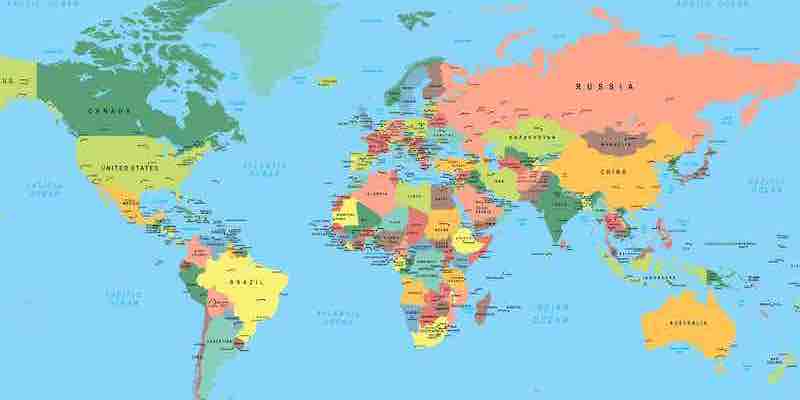Exploring the World of Languages: 23 Fascinating Maps and Charts

The article “23 maps and charts on language” on Vox.com, authored by Dylan Matthews, offers a captivating journey through the diverse and intricate world of languages. It presents a series of maps and charts illuminating various aspects of global communication, showcasing the relationships, diversity, and unique characteristics of languages worldwide.
- Indo-European Language Roots: A stunning tree illustration by Minna Sundberg reveals the connections between European and Central Asian languages, highlighting the surprising linguistic relationships, such as the closer affinity of Persian and Hindi compared to Finnish and Swedish.
- Languages of Wikipedia: This map displays the predominant language of Wikipedia articles for each country, revealing intriguing patterns like the dominance of English in many non-English speaking countries and the unique case of Catalan in Spain.
- World Language Groups: A map categorizing regions by dominant language families, showing the linguistic unity in areas like Latin America and the diversity within countries like India and China.
- Romance Languages: A detailed diagram by Yuri Koryakov delves into the relationships between various Romance languages, including lesser-known tongues and their connection to Latin.
- Linguistic Diversity and Endangered Languages: Maps illustrating the levels of linguistic diversity and the alarming number of languages at risk of extinction, with Papua New Guinea standing out for its exceptional linguistic variety.
- Language Use in the United States and Europe: Charts and maps showing the prevalence of English and other languages in the US and Europe, including the widespread use of English in European countries and the linguistic diversity within the US.
- Unique Language Phenomena: Interesting insights into specific linguistic phenomena, such as the Northern Cities Vowel Shift in the US and the varied terms used for carbonated drinks across different regions.
The article showcases the complexity and beauty of languages and highlights the cultural and historical factors influencing language use and evolution. It serves as a reminder of the rich tapestry of human communication and the importance of preserving linguistic diversity.
Linguistic diversity within a country significantly influences its cultural and social dynamics in several ways:
- Cultural Identity and Expression: Each language carries unique cultural narratives, idioms, and expressions that shape the worldview of its speakers. This diversity enriches a country’s cultural tapestry, allowing for a broader range of artistic expressions and traditions.
- Social Integration and Inclusion: In countries with multiple languages, language can be a unifying factor or a source of division. Effective communication and mutual respect for different languages can foster social cohesion, while language barriers can lead to social exclusion or marginalization of certain groups.
- Education and Access to Information: Linguistic diversity impacts education systems. Multilingual countries often face challenges in providing quality education in all languages, affecting literacy rates and access to information.
- Political Representation and Participation: Language diversity can influence political processes. Ensuring that all linguistic groups have a voice and representation is crucial for democratic participation and governance.
Regarding the role of English in the era of globalization:
- Lingua Franca of Global Communication: English has become the dominant language in international business, science, technology, and diplomacy. This widespread use facilitates cross-cultural communication but can also lead to the dominance of Anglophone cultures and perspectives.
- Access to Opportunities: Proficiency in English often opens doors to global opportunities in education, employment, and cultural exchange. However, this can create inequalities between English speakers and non-speakers.
- Cultural Influence: The prevalence of English in media and entertainment influences global cultural trends and perceptions, potentially overshadowing local cultures and languages.
To preserve endangered languages and maintain linguistic diversity:
- Education and Language Programs: Implementing bilingual or multilingual education systems can help protect local languages. Educational materials and resources should be made available in multiple languages.
- Technology and Media: Utilizing technology and media to promote and revitalize endangered languages can engage younger generations. Social media, apps, and online platforms can be powerful tools.
- Legal and Policy Support: Governments can enact policies and laws to protect and promote linguistic diversity, recognizing minority languages and supporting their use in public life.
- Cultural Exchange and Awareness: Promoting cultural exchange and awareness about the importance of linguistic diversity can foster respect and interest in learning and preserving different languages.
- Community Involvement: Engaging local communities in preserving their languages is crucial. Community-driven initiatives often prove more effective and sustainable.
These strategies can help balance the benefits of a global lingua franca with the need to preserve the rich linguistic heritage of our world.